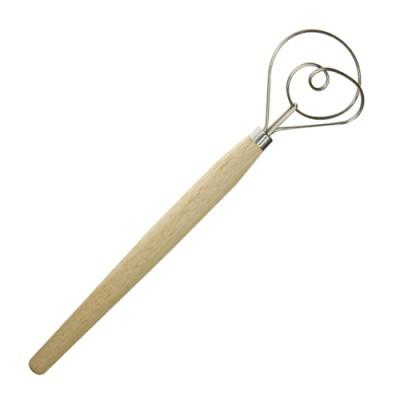Cirion
Member
Any other good safe starch option besides potatoes? I've been thinking of learning how to bake my own bread from safe (unbleached) flour and maybe trying that. Bread does sound a lot more interesting than rice at this point lol. Plus home made bread would have a lot of B vitamins and none of the weird/bad added stuff that most store bought bread has.
I also realize white rice is not the greatest at adding nutrients, so I can't help but think replacing it w/ bread is going to be largely beneficial.
I also realize white rice is not the greatest at adding nutrients, so I can't help but think replacing it w/ bread is going to be largely beneficial.

